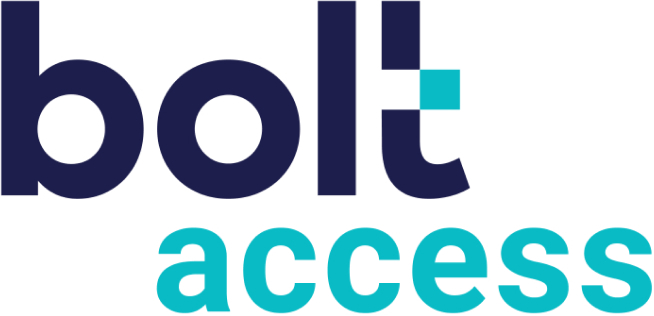
"
Auto insurance fraud is perhaps the biggest problem facing the industry right now, and despite efforts on behalf of businesses, government agencies, and law enforcement officials, this kind of crime is still rampant. Meanwhile, the impact this has on costs for all drivers is significant, as insurers have to pass on the expense of fraud to all their customers. That creates an unfortunate reality in which premiums are higher than they probably should be for many people across the country, and could create headaches for consumers and insurance agents alike.
The average family in Minnesota probably pays as much as $1,400 annually as a result of fraud in addition to what they should have to pay on their auto insurance, according to a report from Minneapolis television station WCCO. Now, state lawmakers are trying to deal with the issue in a number of ways via a proposed law. First, it would provide more funding to the state's anti-fraud office and make penalties for committing such crimes much stiffer, boosting fines to $25,000 per offense.
But beyond that, the law tries to crack down on fraud rings that are operating within the state, but based outside its borders, the report said. While there aren't any concrete numbers for how widespread this type of crime is in Minnesota, specifically, that fraud detection unit is actively investigating a number of open cases.
How big is the problem
In 2013, the latest year for which data was available, there were about 1,700 cases of auto insurance fraud discovered, and most of them involved fake injuries and billing, the report said. Most of what facilitated this was staged accidents that led to criminals working in concert with medical care providers who were in on the scheme.
The more insurance agents can do to help people understand why their rates cost what they do, the better off they're likely to be in terms of keeping their customers happy. The fact of the matter is that consumers are often more concerned with receiving high-quality customer service than they are paying a little more for their coverage each month. And for this reason, the more agents can do to provide that level of communication and help, the more capable they will be when it comes to maintaining high satisfaction rates and retaining a larger number of clients going forward.
"
Talk to an expert
Contact us
